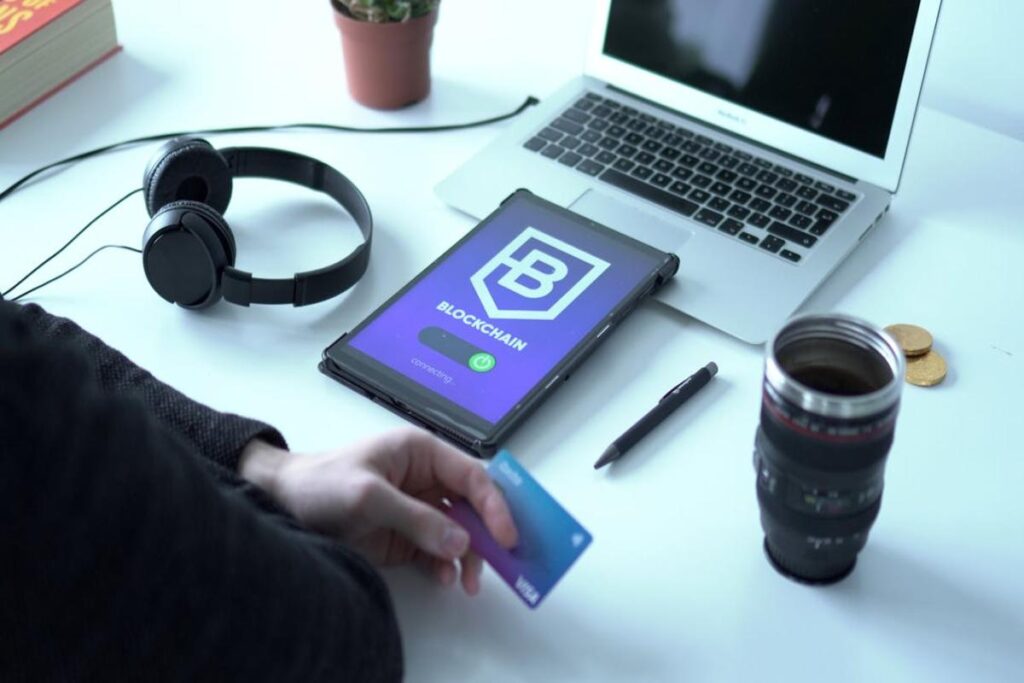With respect to the rapid growth of cryptocurrency, tools that have made digital assets more accessible are becoming the norm. Among them, debit cards for cryptocurrency have bridged the traditional and digital economy by enabling users to spend crypto as if it were cash, converting them to fiat currency at the point of sale. As their popularity is ever increasing, a clear and responsible approach is needed by users to avoid misuse and make the card-holding experience a smooth one.
Digital currency debit cards simplify the monetary needs for spending, however, there are unique financial and security practices to be aware of. Conversion rates, transaction fees, and the security of the wallet also play a significant role in how conveniently the cardholder is able to use the card.
And following the proper steps when using a crypto debit card assures that payments are made efficiently, the funds remain safe, and the user complies with the rules that govern the blockchain monetary world.
Table of Contents
Choose a Reputable Card Provider
Legitimate companies are normally licensed, honest about their terms, and supported by well-known financial institutions or cryptocurrency exchanges. You should check out the issuer’s background, certification, and protection measures before signing up for a card.
Understand Fees, Limits, and Exchange Rates
Crypto debit cards often come with various fees. These can be conversion fees, ATM withdrawal fees, and annual maintenance fees. And since most transactions involve converting crypto to regular money, knowing how the exchange rates work is very important.
Daily or monthly spending limits are something else to watch out for, as some cards don’t let you make large transactions. Reviewing these details before purchasing or sending money will prevent you from significant fees.
Prioritize Security and Asset Protection
When using a cryptocurrency debit card, the wallet it’s linked to is the most vulnerable point in the system, so you need to make sure it’s extremely well-protected. Think strong passwords, multi-factor authentication, and hardware-based security measures to help to keep your wallet safe.
Storing your recovery info offline and using a trustworthy wallet provider is also a good way to prevent any unauthorized access to your funds.
Monitor Tax Implications and Record Transactions
A number of jurisdictions tax cryptocurrency, and exchanging crypto for cash is a taxable transaction. Detailed records of these transactions make tax time a lot less stressful. Records should include the amounts, conversion rates, and dates. Keep any receipts you can, both physical and digital.
Use Strategically for Everyday Purchases
Crypto cards work best when you use them thoughtfully. They are perfect for regular, predictable expenses such as groceries, travel, and online shopping. Some cards offer cashback rewards or crypto rebates, adding to the value of your transactions and putting more money back in your pocket.
Keeping track of how much you’ve spent is also helped by the card’s mobile app or online dashboard, and will help you stay on top of your finances and on budget.
Maximizing Convenience by Using a Crypto Debit Card
Looking to harness the full potential of cryptocurrencies, a debit card is the most intuitive and user-friendly way to incorporate them in our everyday lives. Crypto cards can be used to send money, complete online transactions, and for micro transactions which are otherwise difficult to accomplish using regular digital wallets.

